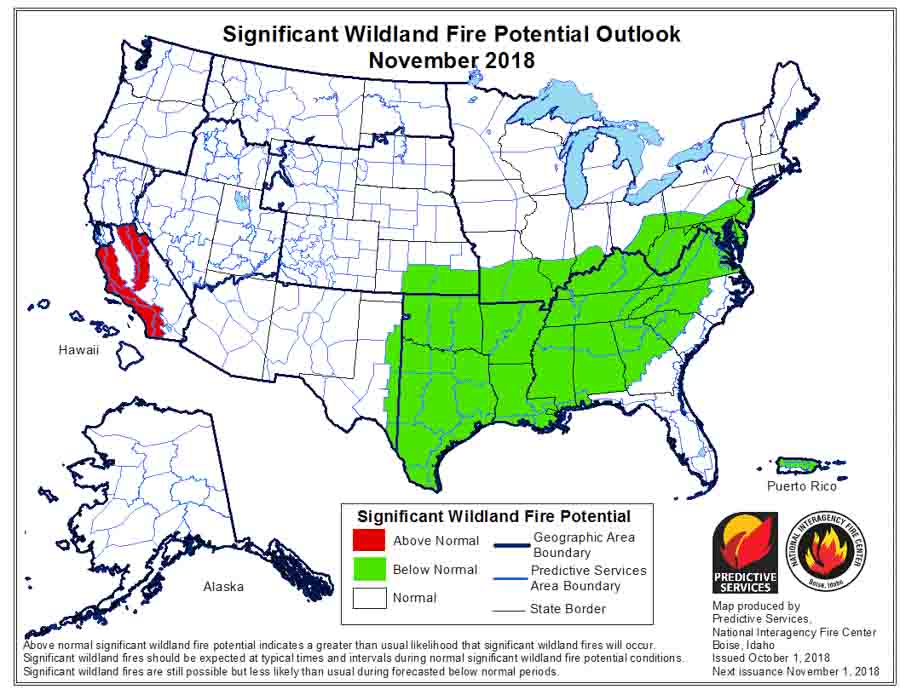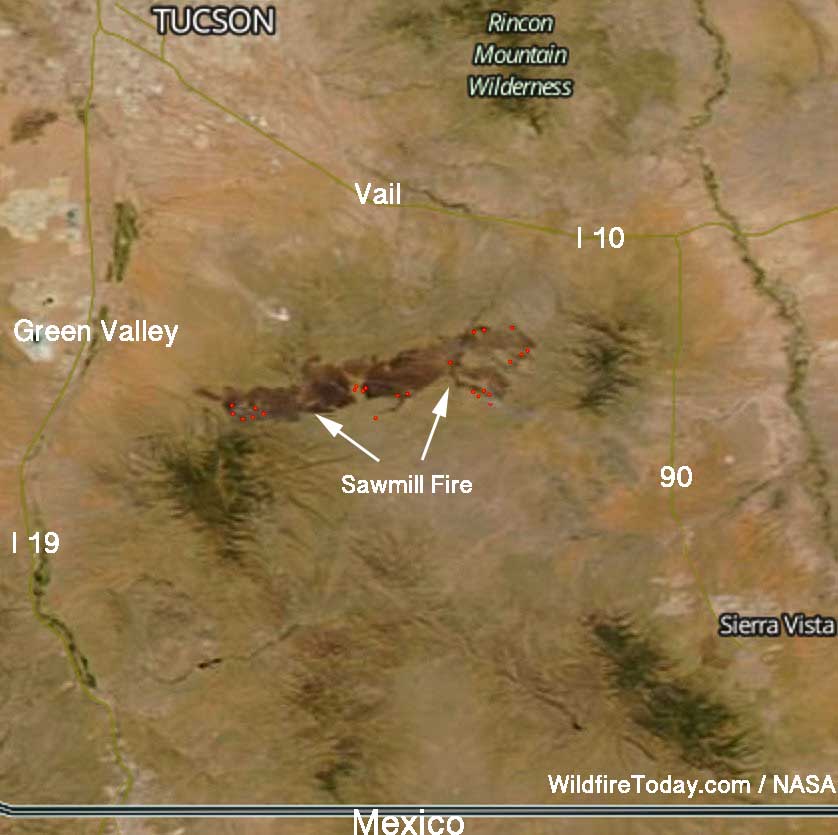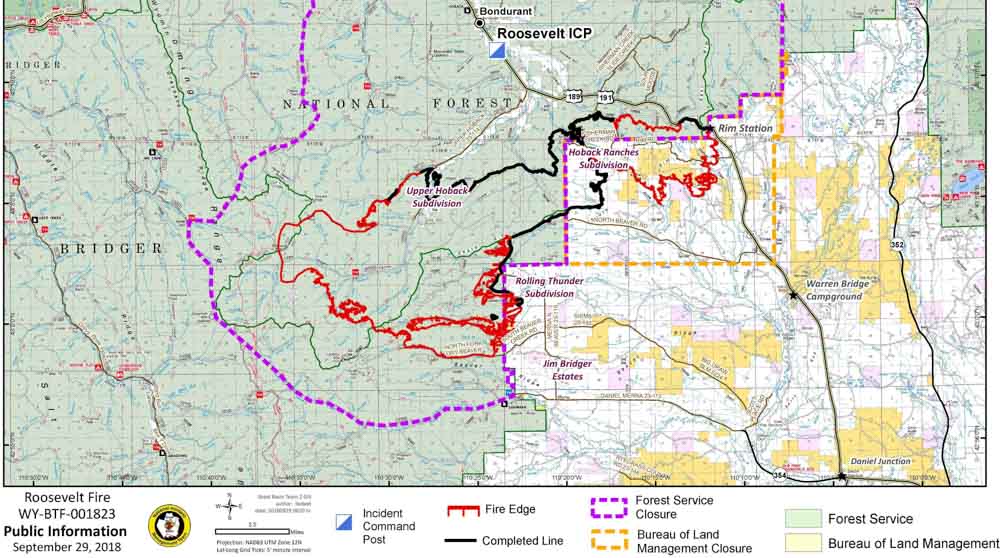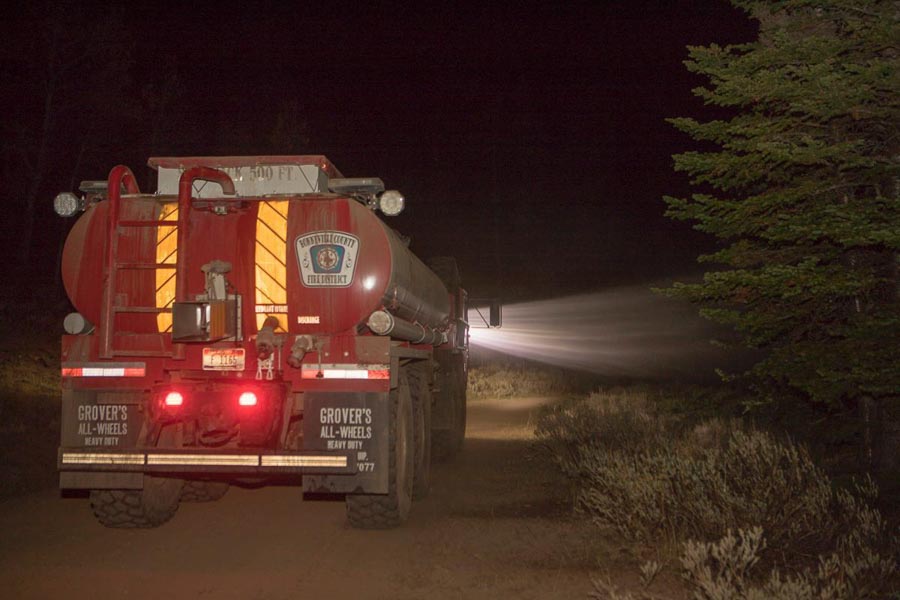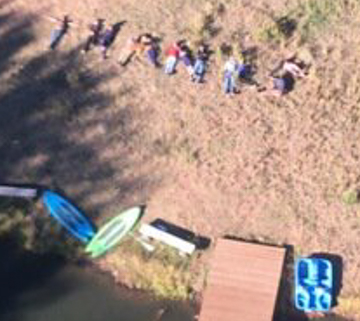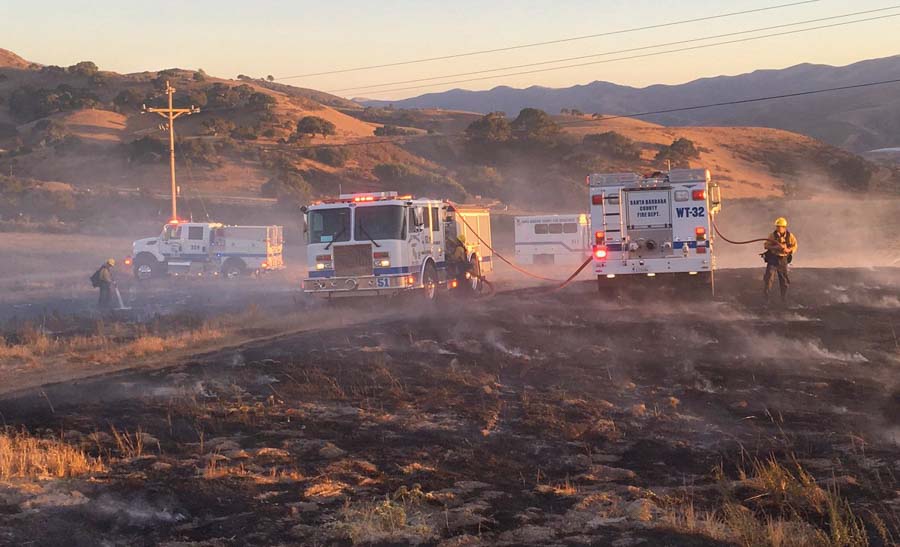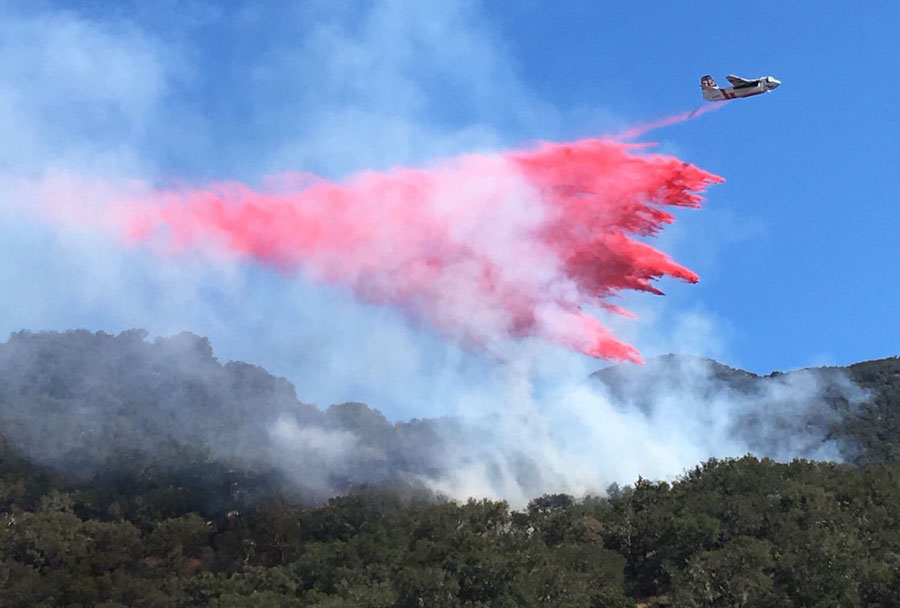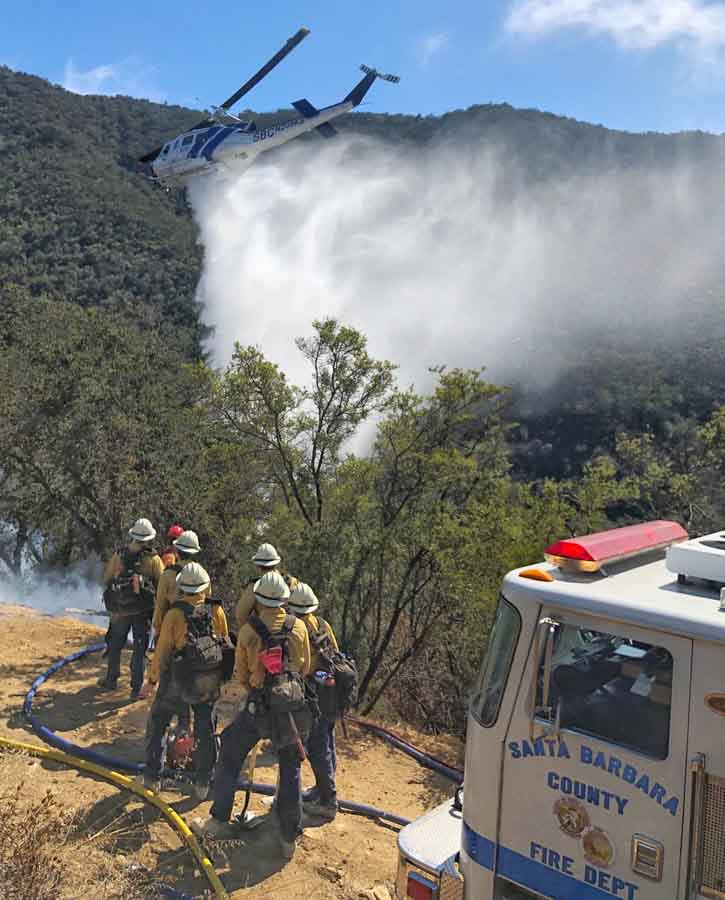(Originally published at 4:48 p.m. MDT October 1, 2018)
On October 1 the Predictive Services section at the National Interagency Fire Center issued their Wildland Fire Potential Outlook for October through January. The data represents the cumulative forecasts of the ten Geographic Area Predictive Services Units and the National Predictive Services Unit.
If their analysis is correct, the only areas with above normal wildfire activity in October will be California, Southern Idaho, and Northern Nevada. Those areas will shrink in November to just Central and Southern California, and in December to just Southern California and the Central Coast. In January only Hawaii will have above normal potential.
Below:
- An excerpt from the NIFC narrative report for the next several months;
- More of NIFC’s monthly graphical outlooks;
- NOAA’s three-month temperature and precipitation forecasts; and,
- Drought Monitor.
“October and November mark another transition in the western fire season as the focus typically shifts to California as occasional Foehn wind events develop. The Southeast also typically experiences a fall peak during this period. The fall season this year might not follow the traditional script, however. Expected long-range weather patterns for at least October do not support the development of a significant number of wind events. While they may occur, the total number of events should be less than average. Considering that expected precipitation will be below average during this period, this could be a big factor in keeping some of the impacts from having an elevated potential at bay. Across the Southeast, conditions have been very wet over the past several months. With the potential development of an El Niño, the wet pattern is not likely to change. This should result in overall Normal to Below Normal significant wildland fire potential throughout the remainder of the fall.
“Transitioning from November into December and January, all regions are expected to experience reduced fire activity with the arrival of winter. Brief periods of critical fire weather conditions could elevate fire potential during occasional wind events over areas that are not snow covered. Events such as this are generally short in duration. Areas to monitor are along the Rocky Mountain Front, the Great Basin, the Southwest, and the southern Great Plains (during January.) All of these areas were experiencing some measure of drought at the end of September though some improvement is expected along the Rocky Mountain Front in southern Colorado and New Mexico.”
Continue reading “Wildfire potential October through January”


